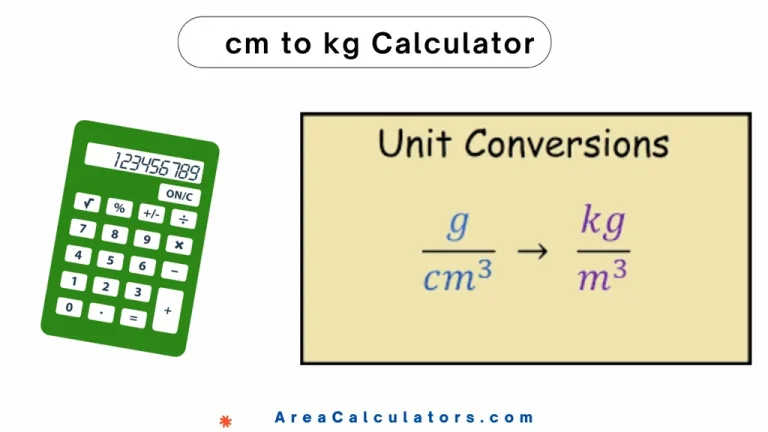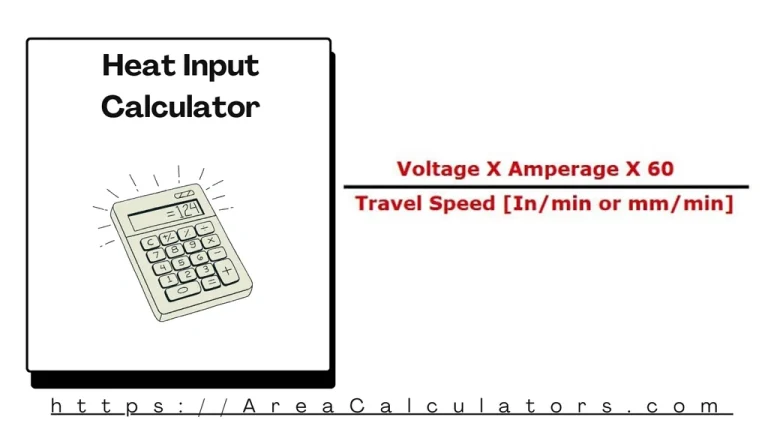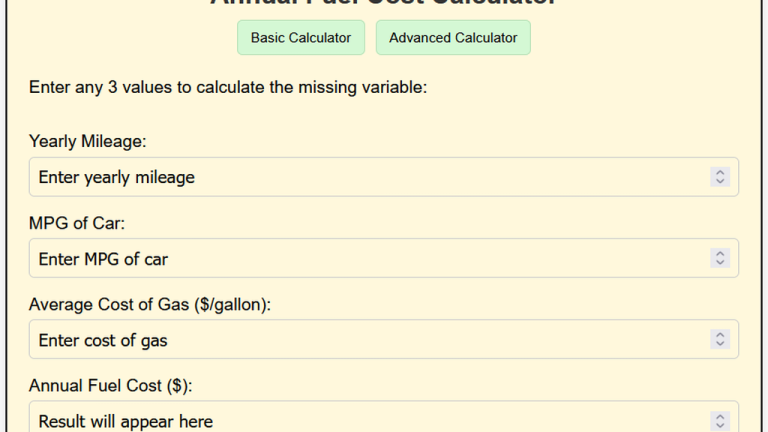1:10 Taper Angle Calculator
To calculate the taper angle, use the formula that involves the difference between the large and small diameters, the length, and the taper ratio.
The 1:10 Taper Angle Calculator can calculate the taper angle for objects with a 1:10 taper ratio. In simple terms, a 1:10 taper means that for every 10 units of length, the diameter decreases by 1 unit.
This calculator is essential for engineers and machinists when calculating the angle for tapered shafts, pins, or other objects. Thus, this tool simplifies the conversion of taper ratios into a specific angle, which is crucial for precision manufacturing.
Formula
| Variable | Description |
|---|---|
| TA | Taper angle in degrees |
| D_L | Large diameter |
| D_S | Small diameter |
| L | Length of the tapered object |
Solved Calculations
Example 1:
For instance, if the large diameter (D_L) is 100 mm, the small diameter (D_S) is 80 mm, and the length (L) is 200 mm, the taper angle is:
| Step | Calculation |
|---|---|
| Large Diameter (D_L) | 100 mm |
| Small Diameter (D_S) | 80 mm |
| Length (L) | 200 mm |
| Taper Angle (TA) | |
| Result | 5.71° |
Answer: The taper angle is 5.71°.
Example 2:
Similarly, for a large diameter of 120 mm, a small diameter of 100 mm, and a length of 150 mm, the taper angle is:
| Step | Calculation |
|---|---|
| Large Diameter (D_L) | 120 mm |
| Small Diameter (D_S) | 100 mm |
| Length (L) | 150 mm |
| Taper Angle (TA) | |
| Result | 7.12° |
Answer: The taper angle is 7.12°.
What is a 1:10 Taper Angle Calculator?
The 1:10 Taper Angle Calculator is an essential tool. It is vastly used in engineering and manufacturing to calculate the angle of a taper with a specific ratio.
A 1:10 taper means that for every 10 units of length, the diameter decreases by 1 unit. This calculator helps in determining the precise angle for components that need to be tapered, such as in shafts, pins, or other mechanical parts.
To use the calculator, you input the desired ratio (in this case, 1:10) and the length or dimensions of the part. The calculator then computes the corresponding taper angle, which is crucial for designing parts that fit together accurately, especially in mechanical systems where precision is key.
For example, a 1:10 taper angle would help determine the right degree for machining or fabrication.
Final Words:
In conclusion, the 1:10 Taper Angle Calculator is a valuable tool for anyone working with tapered components, providing a quick and accurate way to determine the correct angle for various applications in engineering and manufacturing.



